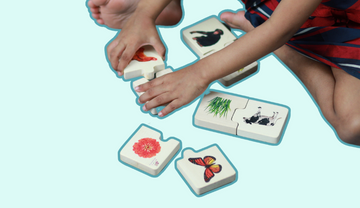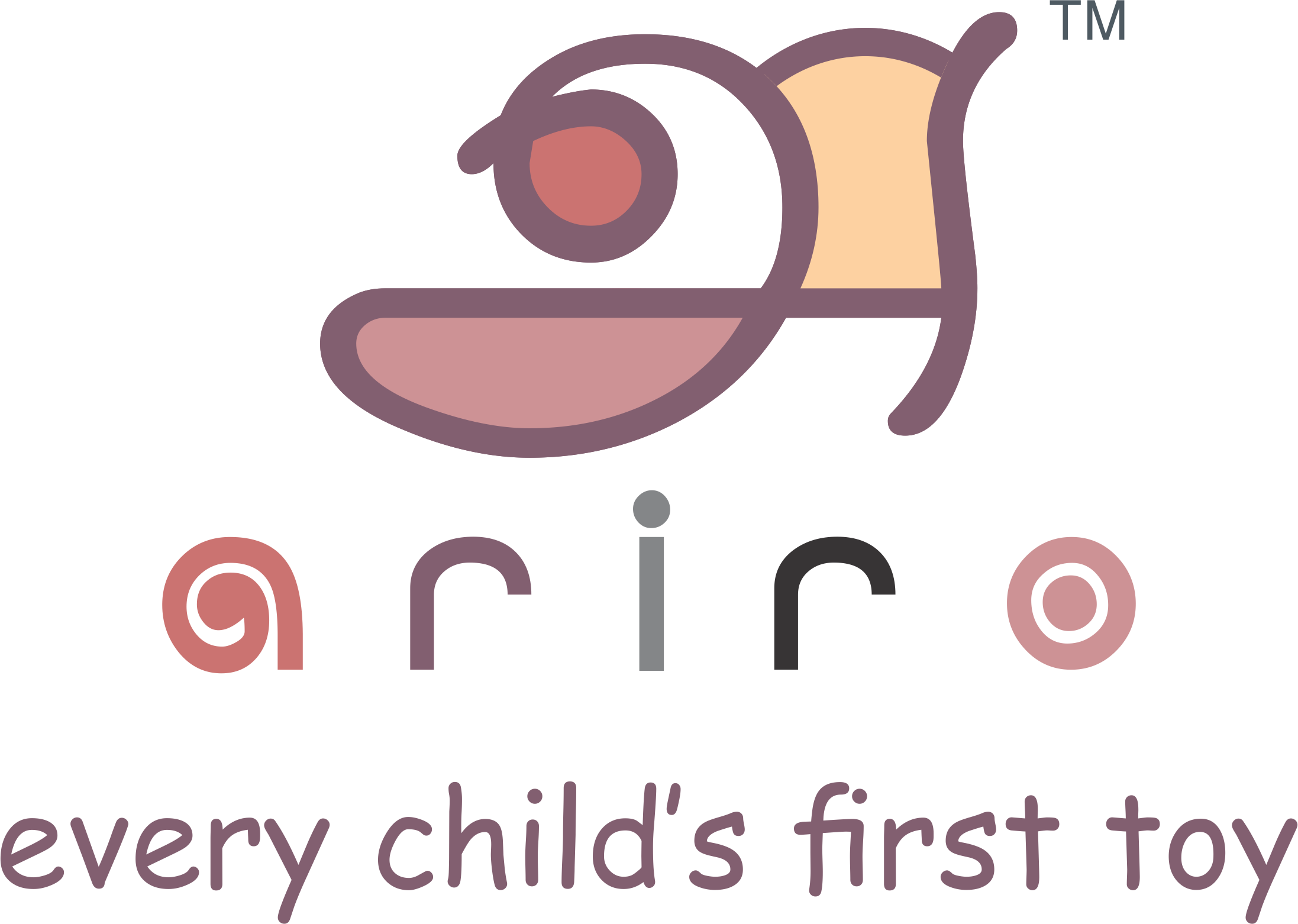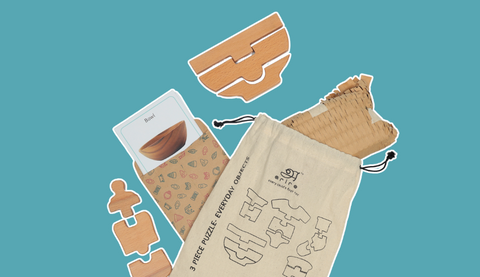
Aishwarya Dwarakanath, Montessori Guide & Consultant
One characteristic of the early Montessori materials and activities was how they lent themselves to independence. The Montessori learning method stresses the importance of learning to be independent for the child. The activities are developmentally appropriate and require child-sized objects that can be easily handled by the children. While child-appropriate activities are great and can be easily replicated at home, how does one choose toys that help develop independence but also lend themselves to learning?
To help a child independently do an activity in Montessori Houses of Children, Dr Montessori introduced the idea of control of error- wherein, the material or the equipment the children worked with would have in-built ways for the child to check his or her work independently. If not, we leave the child with a method to check their work and continue to do the activity by themselves.
When a child can check their work themselves, without needing the adults’ help, they are independent in doing that activity. Here are some examples of control of error in activities that are offered in Montessori communities:
- After the child has wiped a table or washed their hands, they are shown how to check whether the wiping cloth and hand towels are wet or dry. The child is shown where the laundry basket is and how to get a new towel from the cupboard.
- In a puzzle of gradation of shapes/ cylinders, the child may initially place a smaller puzzle inset in the bigger holes or frames. Then, they may notice that there is a big inset that does not fit into any of the frames. They tend to correct themselves independently. The sensorial materials show the errors to the child’s senses naturally.
- With activities that involve sorting based on colour or size, the child’s senses (for example, the visual sense) acts as a control of error. Children naturally begin to classify the objects around them based on physical characteristics.
These are some examples of how control of error helps the child work independently using Montessori materials. But what about toys?
When we get a toy for a child, it is important to see if the toy lends itself to independent play. While open-ended toys are perfect for this purpose, we can still look for toys that have an in-built control of error that allows the child to check their own work independently. It could be a puzzle where all the shapes are unique. For instance, Ariro’s chunky puzzle – feed the animals set involves matching the animal to the food it eats. This would initially be a language presentation with the adult explaining the concept. However, the puzzle is beautifully designed to include a natural control of error- the puzzle itself! Each pair of pictures joins together with a unique design.
This reduces confusion for the child. Toys that require minimal supervision and encourage independent learning are great.
It's important to remember that independent play does not mean that we are leaving the child with minimal to no supervision. We can continue to talk to them to connect or develop language, play with them and offer activities that don’t have a built-in control of error, but might require the adult’s help. However, toys with built-in control of error help boost their morale, help them work independently and also feel they are part of their society.
Look for toys that provide instant feedback about the child’s progress while working with the toy.
Toys that allow the child to correct themselves help the child build trust in themselves. They do not have to rely on the adult’s judgement to know if they are right every time. The child is, therefore, directing their own learning experiences and learning at their own pace!











